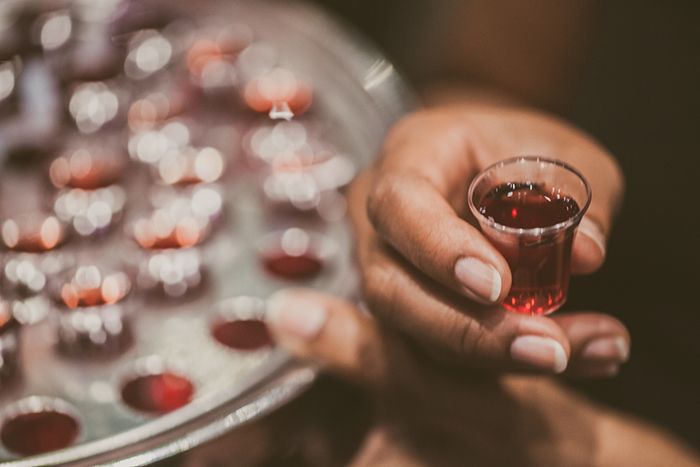What Happens at the Passover Service?
by Mike Bennett - April 12, 2016
As a teen, I wondered about the Passover. What do Christians do at the New Testament Passover service? What does it all mean?
 When I was 10, my parents were baptized and we started attending the Church of God. I didn’t go to their baptisms, so that seemed a little mysterious to me. But besides that, everything we did in the Church of God, we did together. It all made sense—it was all in the Bible. There weren’t any secret and mysterious rituals the members did that outsiders (and kids) were left to wonder about.
When I was 10, my parents were baptized and we started attending the Church of God. I didn’t go to their baptisms, so that seemed a little mysterious to me. But besides that, everything we did in the Church of God, we did together. It all made sense—it was all in the Bible. There weren’t any secret and mysterious rituals the members did that outsiders (and kids) were left to wonder about.
Except Passover.
So, what exactly happens on Passover, the night that only baptized members participate in?
The first thing you’d notice at a Christian Passover service is the subdued, somber and respectful atmosphere. Instead of the normal buzz of happy fellowship, members sit quietly reading relevant passages and focusing their minds on Christ’s sacrifice and their recommitment to God. Everyone takes seriously the warning to not take the Passover in a disrespectful, unworthy way (1 Corinthians 11:27-29).
Foot washing
Really, Christians today actually do what Jesus Christ commanded:
“You call Me Teacher and Lord, and you say well, for so I am. If I then, your Lord and Teacher, have washed your feet, you also ought to wash one another’s feet” (John 13:13-14).
Washing feet was a sign of hospitality and service, but it was usually done by lowly servants. So the lesson for us today is to be humble and serving.
The unleavened bread and wine
Here’s how the apostle Paul explains the main part of the New Testament Passover service:
“For I received from the Lord that which I also delivered to you: that the Lord Jesus on the same night in which He was betrayed took bread; and when He had given thanks, He broke it and said, ‘Take, eat; this is My body which is broken for you; do this in remembrance of Me.’
“In the same manner He also took the cup after supper, saying, ‘This cup is the new covenant in My blood. This do, as often as you drink it, in remembrance of Me’” (1 Corinthians 11:23-25).
So today the minister explains that the unleavened bread represents Jesus Christ’s broken body given for us, as well as the fact that all members eating from the same bread is a reminder of the unity we are to have (1 Corinthians 10:17). Then the minister prays and thanks God for this and then breaks the bread into small pieces that are passed around to the members.
Then he explains that the small cups of wine represent Christ’s blood that was shed to forgive our sins. He prays over the wine, and it is also passed around to the members.
Readings from John and a hymn
On Passover night Jesus taught His disciples many things recorded in John chapters 14 through 17. After the passing of the wine, the ministers will read selected passages from this important teaching. The service ends by singing a hymn, just as Jesus and the disciples did (Matthew 26:30).
After the hymn, the service is over and members head home, sobered by Christ’s sacrifice, but with an inner peace and joy that comes from knowing the depth of God’s love shown to us through Christ’s sacrifice! Teens can begin to learn about the depth of God’s love even before they are baptized.
Though participating in the Passover symbols is only for baptized members (based on the principle in Exodus 12:48), sometimes older teens are permitted to come to quietly watch. You should talk with your parents and then check with your pastor if you are interested in doing this.
To learn more about the Passover, read “Questions and Answers About the Passover.”
Continue Reading

Grudges: A Breeding Ground for Spiritual Parasites!
by Tavi Wheeler - March 8, 2016

Is the Dark Side Awakening in You?
by Joshua Travers - January 4, 2016
